
Honoring Black History Month
In a time where DEI policies are put into question, we at Design on Edge find it imperative to firmly state that our mission is to be an inclusive and supportive company that fosters a creative and open-minded culture for individuals to flourish. We are dedicated to developing impactful campaigns and materials that enrich our communities, utilizing our expertise and services to provide valuable support. While maintaining a neutral yet positive reputation among our industry peers, we aim to unite rather than divide and elevate our sector through a commitment to positivity. As representatives of Design on Edge, we embody the values and principles that the business stands for, ensuring alignment with our overarching goal of uplifting the industry and creating a lasting impact.
Because of this, we want to honor and celebrate Black History Month through highlighting Black graphic designers who have made an impact on our industry, Black creatives we’ve been loving recently, and a variety of resources to help us continue to grow and challenge ourselves as creatives and individuals.
When we reflect on our design history, we realize much of what has informed our design education and history comes from a Eurocentric perspective. We emphasize the impact of movements such as Bauhaus, International Typographic Style, and Art Deco. When we consider the “Greatest Designers of All Time,” names such as David Carson, Chip Kidd, Paula Scher, Saul Bass, Paul Rand, come to mind. While the impact of such movements and the contributions of aforementioned designers cannot be understated, it’s important for us to recognize the non-Western trends and non-White designers whose work has influenced the design industry today as we know it, and whose names remain forgotten.
Having a comprehensive and diverse understanding of our design history can help us continue to carry on their legacy through the designs we create today. Going beyond what we’ve been taught and researching non-white creatives can help us to better advocate for the communities around us through equitable and socially-minded design. Having a fuller, more complete narrative of design history means we can better equip ourselves to break down barriers for those who don’t conform to the Eurocentric/White standards of design and to ensure our industry is diverse, inclusive, and equitable.
 Archie Boston Jr.,
Archie Boston Jr.,
Renowned as one of the first African-American art directors in the American advertising industry, the first African-American to receive the AIGA Fellows Award, and an inductee of the 2024 Educators Hall of Fame, Archie Boston Jr,’s impact on the design industry cannot be understated.
Boston’s career journey began in the 1960s when the Civil Right Movement was in full swing, and Boston felt compelled to use his creativity to challenge racial stereotypes and developed multiple courageous and daring designs in response to the racism that surrounded him. Many of his works incorporate a commentary on the political and social climate at the time. He first started at an internship at L.A. base agency Carson/Roberts, and Boston would grow and worked at various studios until 1967 when he co-founded the influential design firm Boston & Boston with his brother, Bradford. The company was one of the first black-owned agencies at the time and as time went on they cemented their place in the industry as they created campaigns for Motorala, Yamaha, and Pentel. Concurrently, Boston grew his commitment to education and became a professor at California State University Long Beach where he believed students shouldn’t just be committed to learning design fundamentals, but also that their calling as designers also came with a sense of purpose and social responsibility.
Today, Boston is retired from teaching yet his brilliance and creativity continues in his commitment to education through documentaries and books. His work is renowned as a visual voice for social justice and as an influential tool for advocating for social change and paving the way for a more inclusive design industry.

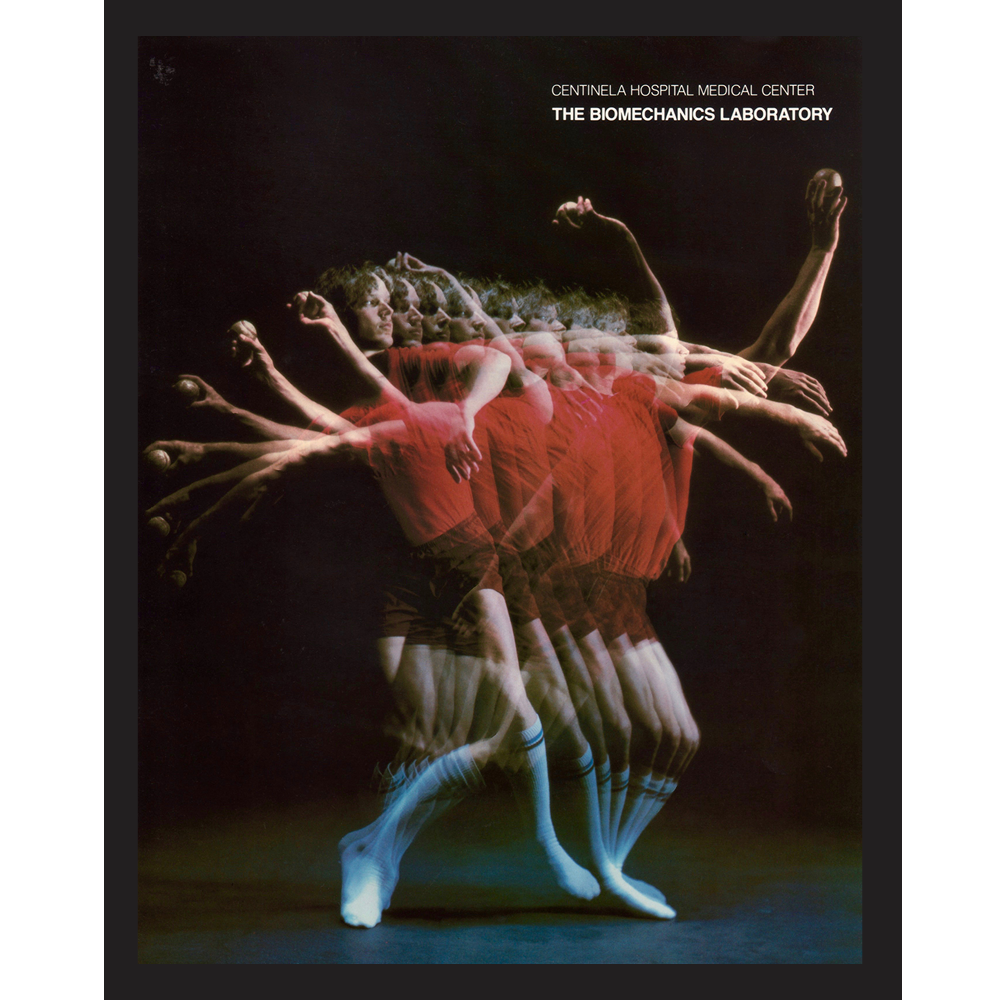

From left to right: “I told Pentel what to do…” 1971. Ad: Archie Boston; Writer: Ken Brnsoh; Photographer: Roger Marshutz., Centinela Hospital Medical Center, The Biomechanics Laboratory, brochure cover, 1984., “We’ve Come Too Far To Turn Around” 1991. Ad, Designer, Writer: Archie Boston.
Aaron Douglas 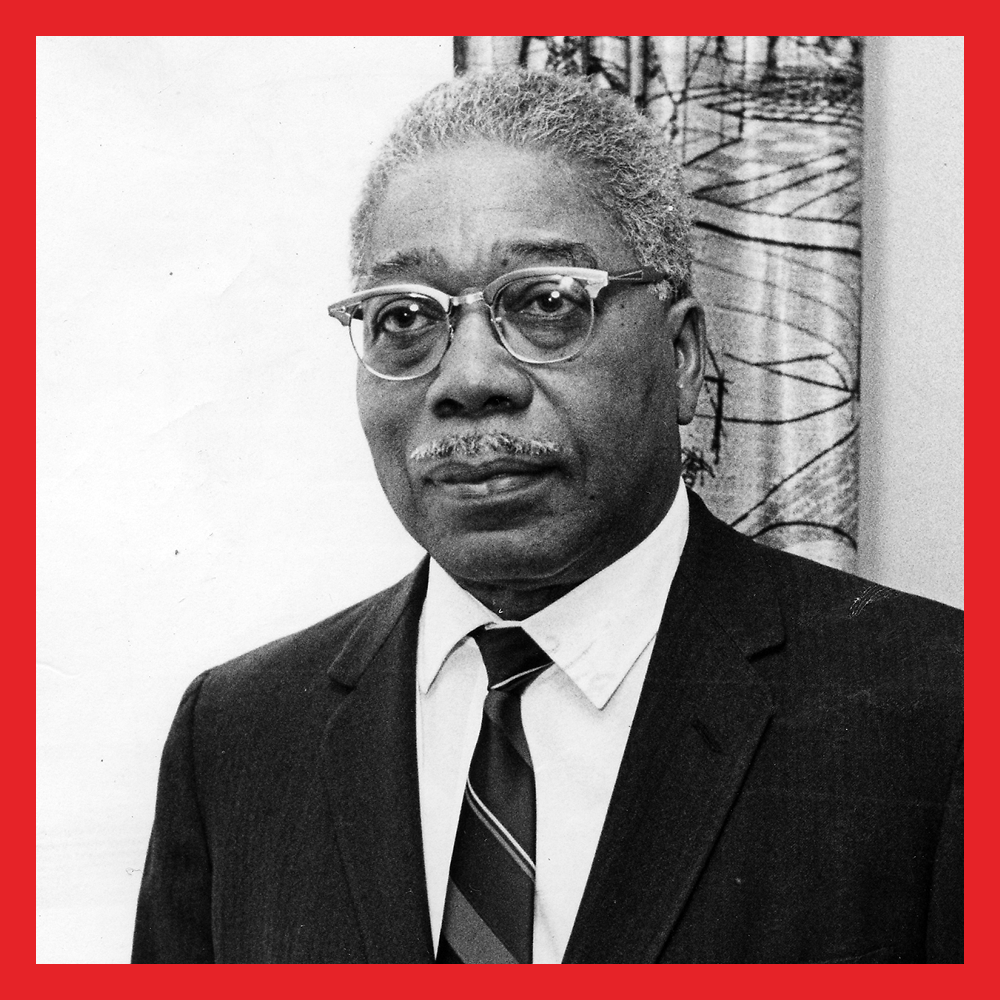
Known as, “The Father of African Art,” Aaron Douglas’ impact in the illustration and design world is incomparable. Douglas’ career took place during the Harlem Renaissance era, a revival period of African-American art, literature, music, stage performance, and culture in New York City that took place in the early 20th century.
Douglas grew up in Topeka, Kansas where he grew to work in a glass factory and a steel foundry until he was able to earn enough money to attend collage at the University of Nebraska, Lincoln where he would earn a bachelor’s degree in fine arts. As his talent and ambition grew, his name began to reach influential figures in Harlem and soon enough he was being invited by Charles S. Johnson and W.E.B. Du Bois to join them in New York. He was welcome by the leaders of the New Negro Intitiative and they arranged for Douglas to study alongside German Art Deco graphic designer, Fritz Winold Reiss, who encouraged Douglas to look to African art and his own African roots and heritage as a source of cultural identity and visual inspiration. His own unique understanding of African Art, Cubism, and Art Deco became the visual signature of the Harlem Renaissance.
From then on, Douglass’ work began to pick up as he was being commissioned for paintings, publications, and murals in Chicago, Nashville, Dallas, and even Paris. Today, his work remains widely recognized in museums, postal stamps, and influential publications.
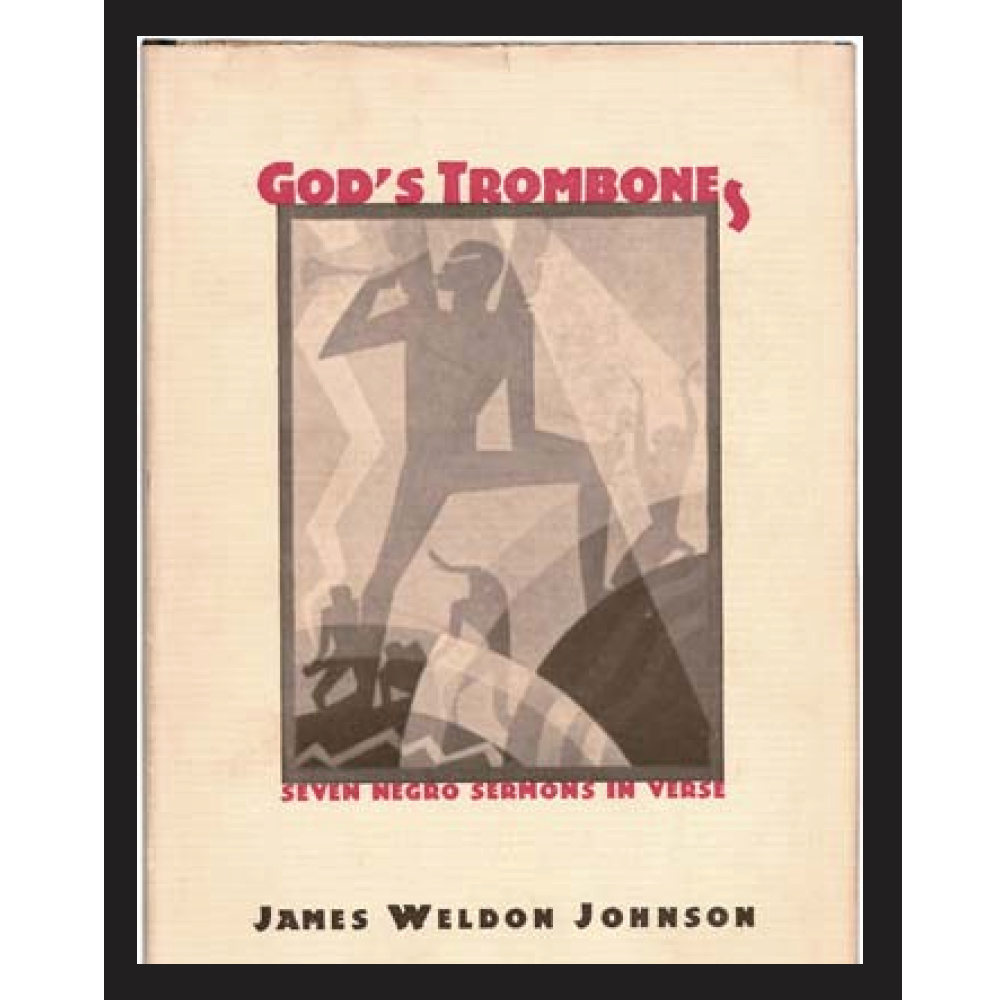
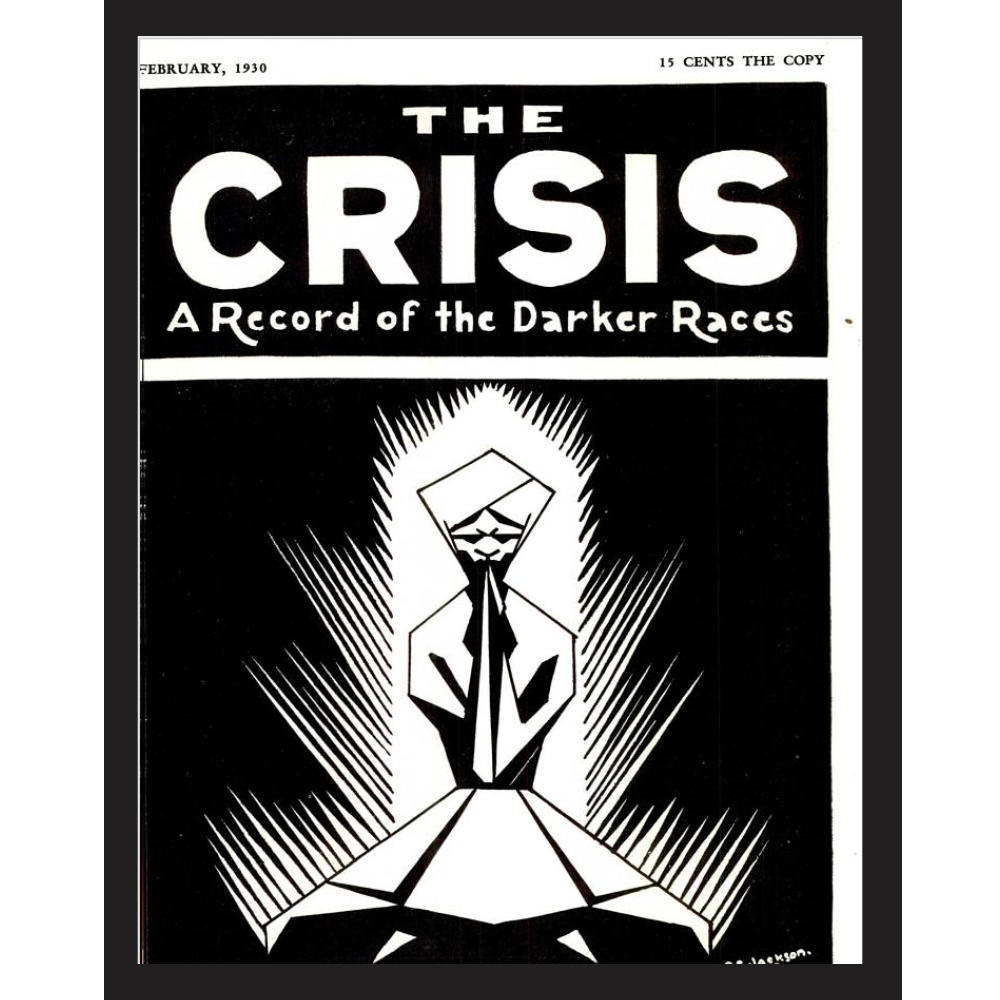
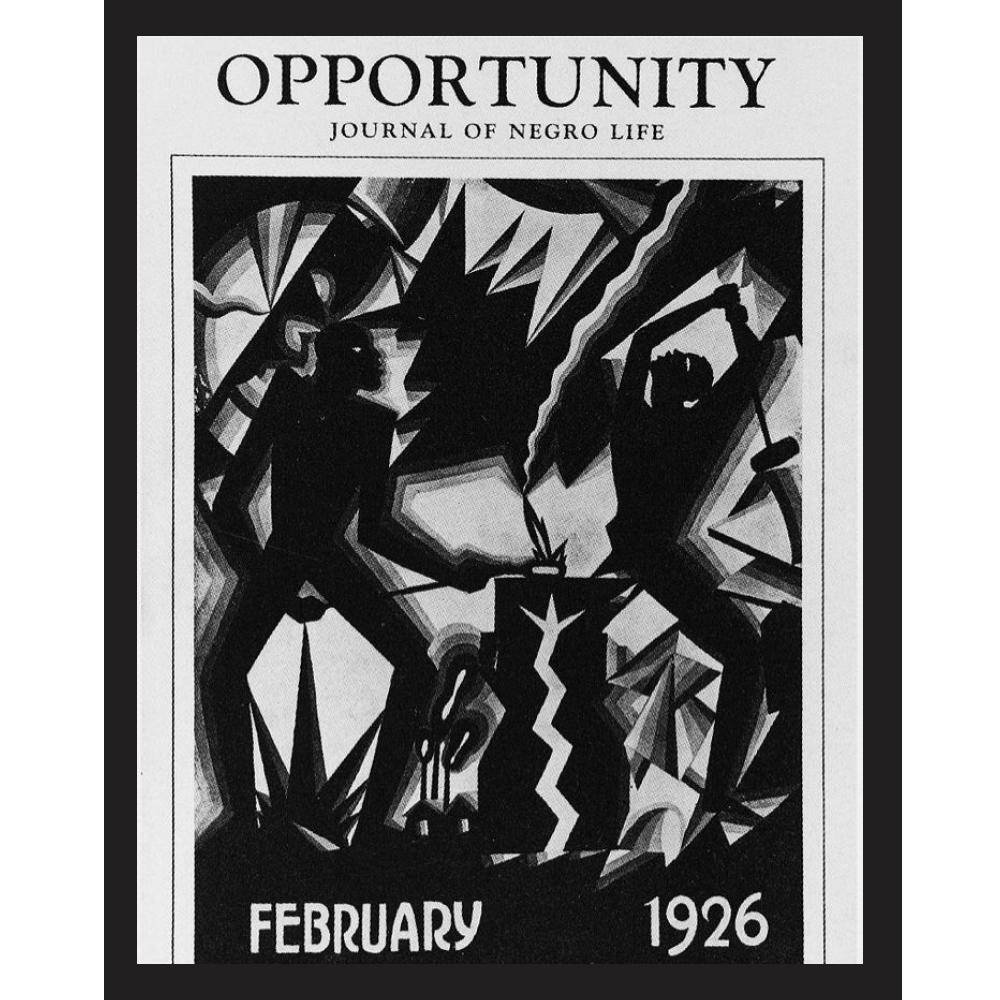
From left to right: “God’s Trombones: Seven Nergro Sermons in Verse,”; Author: James Weldon Johnson. 1927., “The Crisis: A Record of the Darker Races,” Magazine Publication. February 1930. “Opportunity: Journal of Negro Life.” Magazine Publication. February 1926.”
 Gail Anderson
Gail Anderson
With over three decades of experience in the design industry, an AIGA Lifetime Achievement medal, and a handful of awards from the Art Directors Club, Communication Arts, and the Type Directors Club, it’s no surprise Gail Anderson has solidified herself as an influential leader in Black Graphic Design.
Her story begins at the School of Visual Arts in New York, where Anderson worked for a variety of publishers. She jumped from a role as assistant designer at Vintage Books (Random House) , then to The Boston Globe Sunday Magazine, and eventually beginning a fifteen-year career at Rolling Stone where she seamlessly transitioned from designer to department director to senior art director. Then from 20025-210, Anderson worked as creative director of design at SpotCo, a New York City based advertising agency renowned for developing artwork for Broadway and institutional theater. More recently, Anderson served as the chair of the BFA Advertising and Design departments at the School of Visual Arts and served as the creative director at the School of Visual Art Press. In 2012, Gail Anderson partnered with illustrator Joe Newton to create award-winning design agency, Anderson Newton Design. And in 2013, Anderson became known as the second African American Designer commissioned to create a commemorative stamp for the Emancipation Proclamation’s 150th anniversary.
Today, Anderson’s unique perspective and creative, eclectic style surpasses any and all definitions of what graphic design should be. And her influence on the design industry is evident in the lasting legacy of the work she’s created for the Rolling Stone and SpotCo and through the handful of books she has authored.
This Black History Month, we hope that you’ll continue to recognize the influential creative Black voices that have shaped our industry and continue to uplift the voices of modern day Black creatives. We’ve also attached a few resources on how we can continue to not only uplift these voices, but also do our part to access the landscape of the community around us, unpack our biases, de-colonize our current design processes, and work to ensure that our design industry remains diverse, equitable, and inclusive.
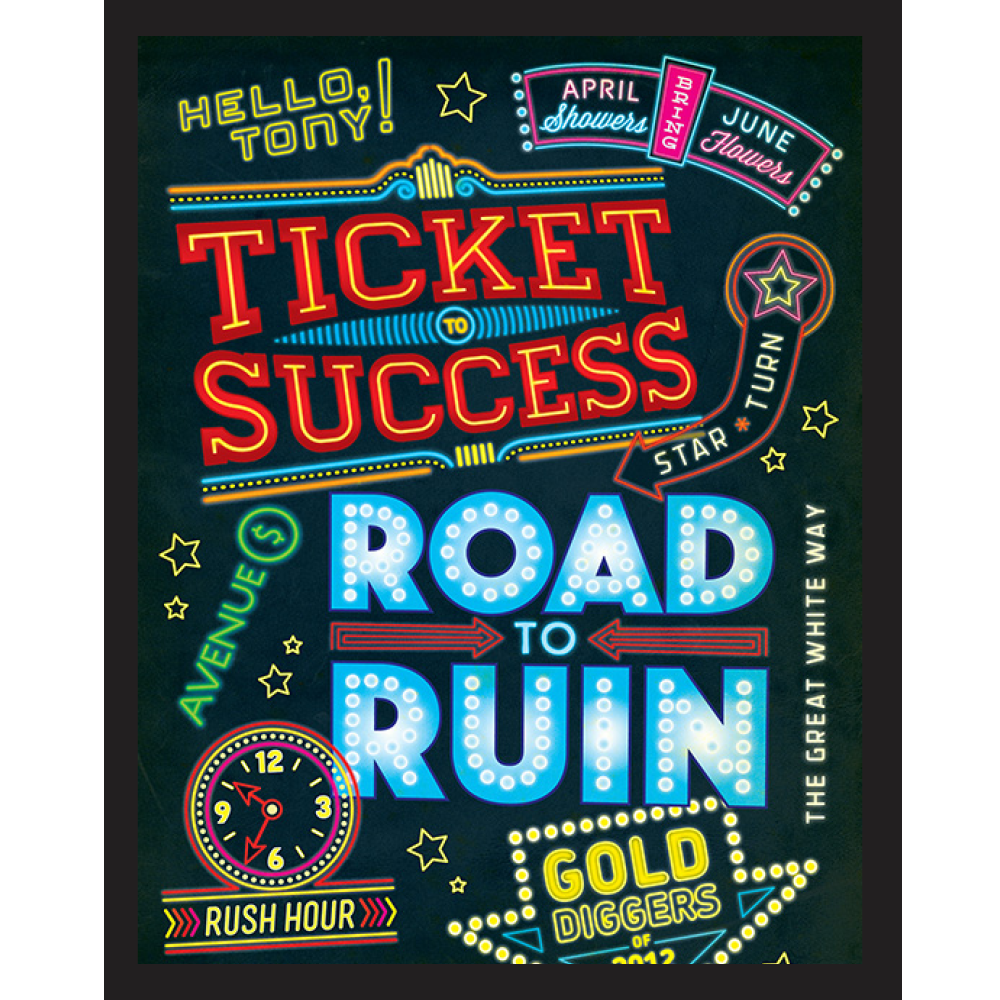
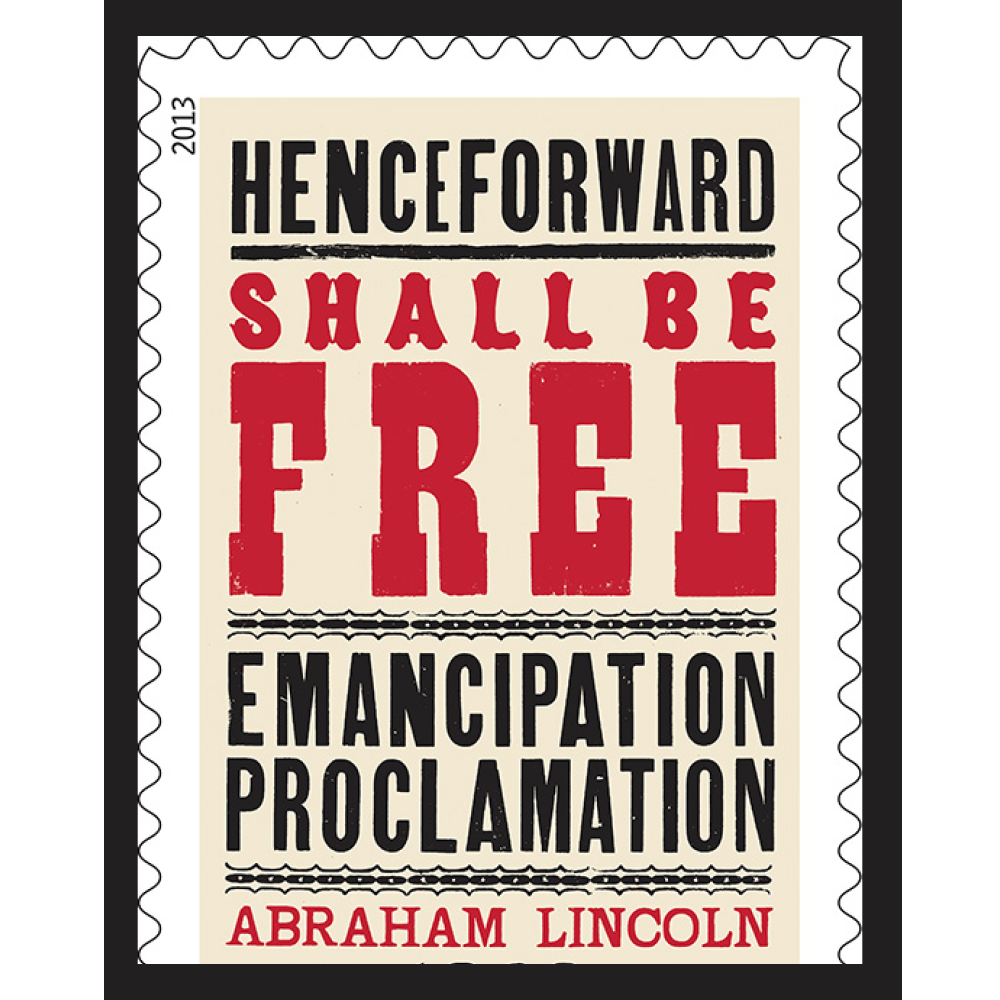
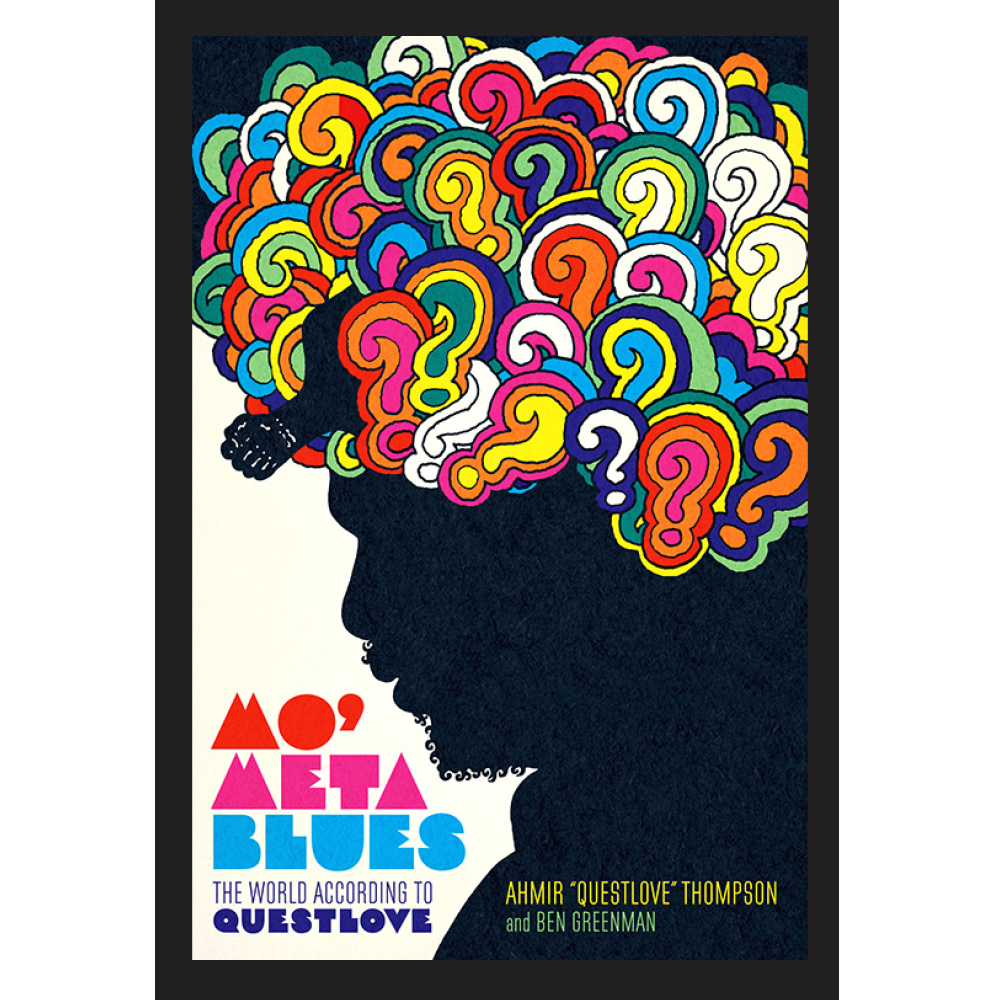
From left to right: “Broadway Shows glut the Great White Way as Tony deadline nears”; “150th anniversary of the Emancipation Proclamation.” Stamp commissioned by the U.S. Postal Service, “Mo’ Meta Blues The World According to Questlove,” Author: Ahmir “Questlove” Thompson and Ben Greenman.
More on the History of Black Creatives, Modern Day Creatives, and their Impact
https://nmaahc.si.edu/explore/stories/search?keyword=&series=All&arc_tag=66&sort_by=field_date_value
https://www.wix.com/studio/blog/famous-black-graphic-designers
https://www.instagram.com/wherearetheblackdesigners/?hl=en
https://laughtoncreatves.com/13-african-american-graphic-designers-know-part-1/
Challenging Biases, De-Colonizing Design, and Equity Design
https://medium.com/equal-space/an-incomplete-list-of-resources-for-the-equity-centered-designer-4f57b410e606
https://medium.com/@equityXdesign/racism-and-inequity-are-products-of-design-they-can-be-redesigned-12188363cc6a
https://eyeondesign.aiga.org/what-does-it-mean-to-decolonize-design/
https://courses.equitymeetsdesign.com/p/introduction-to-equityxdesign1
https://www.reboot.org/2017/05/10/everyone-biased-reboot-builds-bias-checks-design-research/
https://www.itsnicethat.com/features/shamma-buhazza-thread-of-inspiration-graphic-design-031220
https://papress.com/products/extra-bold





